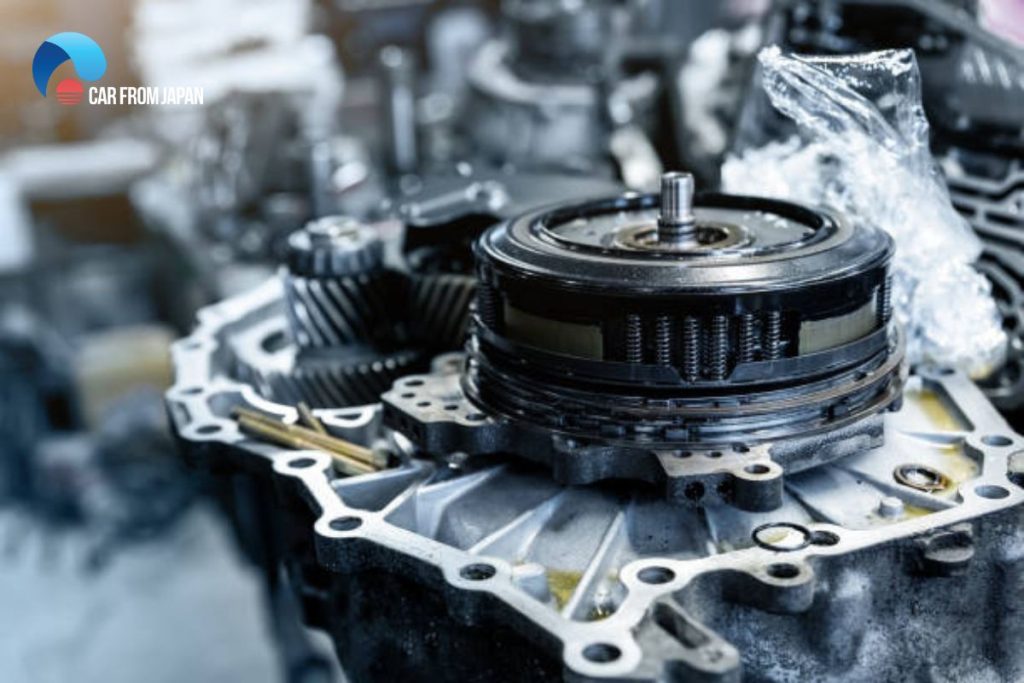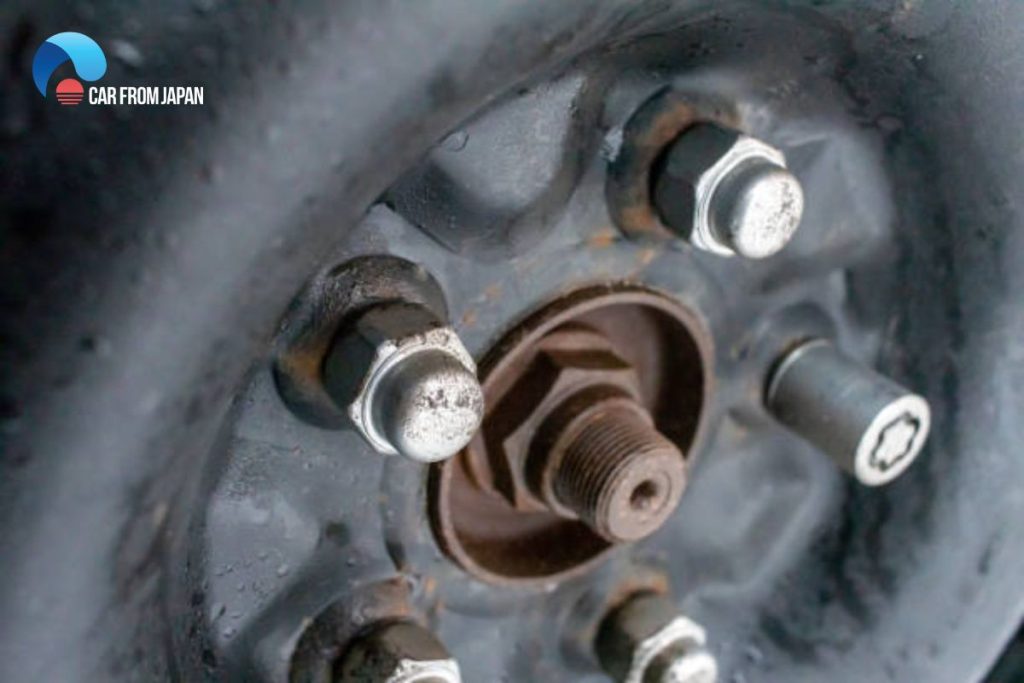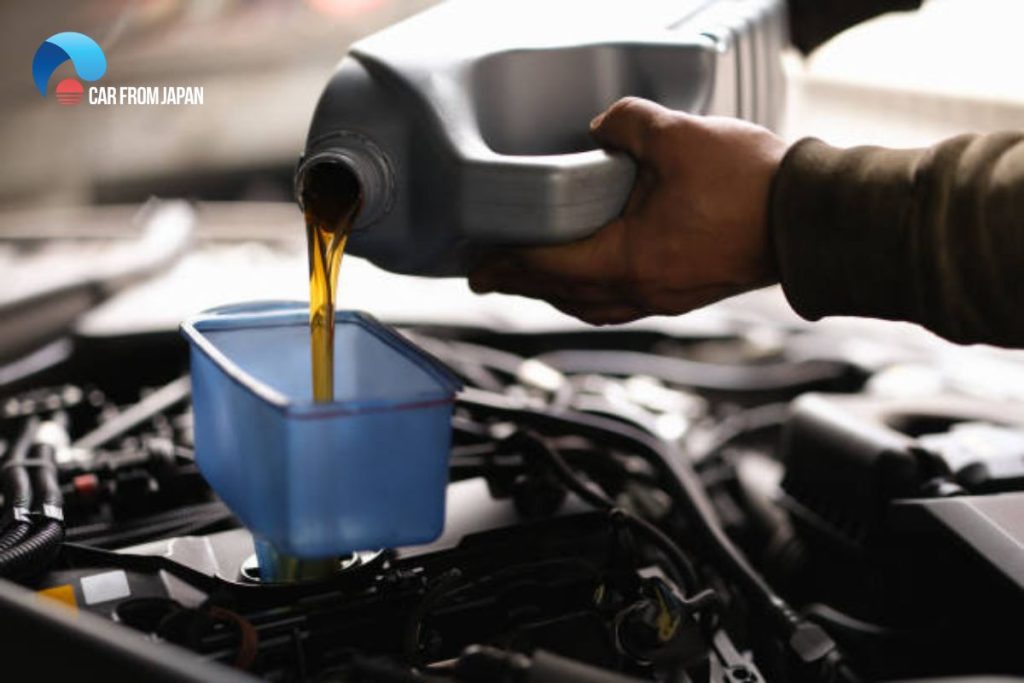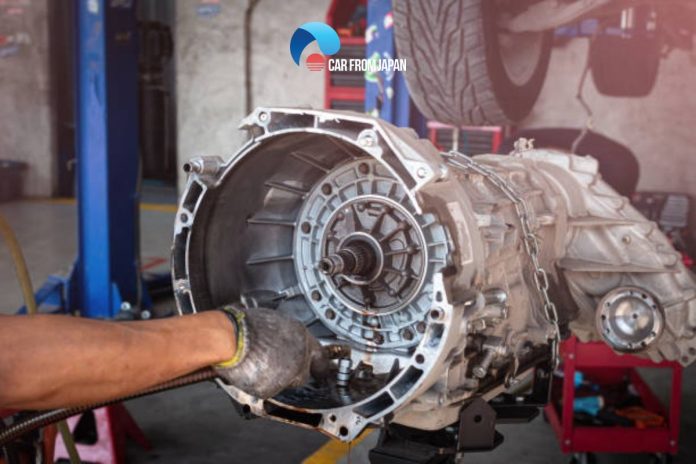Did you know that an aptly maintained front-wheel drive (FWD) automatic transmission lasts longer than the vehicle itself? But if it is not maintained properly, it can cost you a handful of bucks. If you are investing money and effort in its maintenance, chances are it will last a few more years than your car. So, the question is how to replace an FWD automatic transmission when it has gone bad.
If you are considering the professionals for replacing the FWD automatic transmission, then all you need to do is pay.
But, in case you are trying to DIY, then it would be better to read the repair manual and learn maintenance tips too for replacing or repairing the FWD automatic transmission.
Contents
- Essential Tools for FWD Transmission Replacement
- How to Replace an FWD Automatic Transmission?
- FAQs
- How much does it cost to replace a FWD automatic transmission?
- How long does it take to replace a FWD automatic transmission?
- Can I rebuild my FWD automatic transmission instead of replacing it?
- How can I prevent transmission problems in my FWD vehicle?
- What’s the warranty on a new or rebuilt FWD automatic transmission?
- What Have We Learnt?
Essential Tools for FWD Transmission Replacement
This job requires more than a simple wrench set—it needs heavy-duty equipment to manage the weight of the transmission and engine.

- Lifting and safety: These are non-negotiable for safety. You need a heavy-duty floor jack, at least two large jack stands (rated for your vehicle’s weight), and, most importantly, an engine hoist or a specialized transmission jack to safely lift and lower the heavy unit. Never work under a car supported only by a jack.
- General mechanics: A full socket and wrench set (metric or standard, depending on your car) is essential, along with a breaker bar, extensions, and universal joints. You will also need a few cans of penetrating oil to loosen rusted bolts.
- Specialty Items: A torque wrench is crucial for bolting the new transmission back onto the engine correctly. You’ll also need large pry bars or a slide hammer to separate the drive axles (CV shafts) from the old transmission. Don’t forget containers to drain all the old fluids (oil and transmission fluid).
How to Replace an FWD Automatic Transmission?
There are a few steps following which you can replace an FWD automatic transmission. Of course, you can take it to the professionals to treat your vehicle.
But, being a vehicle owner, you, too, need to know the exact process of replacing an FWD automatic transmission.
Here’s how to replace an FWD automatic transmission:
Loosen front axle nuts
The process starts with loosening both the front axle nuts. You can use a spindle nut & breaker bar to do so. Don’t remove the axle nuts; just loosen them up.
Besides this, loosen the front wheel lug nuts. You might even have to place a drain pan beneath the transmission. The purpose is to drain the fluid as per what’s mentioned for your car.

Remove the battery
The battery and the air intake system might block your access; remove them. Disconnect the battery, no matter if you still have space around it. So, the second step is to remove the battery from your vehicle.
Lift the vehicle
The next step is to block the rear wheel and lift the vehicle using the jack. Now, put the jack stands beneath the frame behind the front wheels—lower the car on the stands.
Now remove the wheels and axle nuts. Position the jack under the transmission for support before getting the tie-down strap ready to work.
Remove starter bolts
Support both transmission and engine, remove starter bolts, and even transmission-to-engine bolts. Use a universal joint socket for reaching these bolts.
Disconnect the transmission
Now, you will need to disconnect the transmission cooler lines. Let them drain into a container before you remove the dipstick, shifter cable, and other electrical wires that are connected to the transmission.
Remove the Axles
This step includes removing the front axles, the lower bell housing cover plate, torque converter bolts using a screwdriver.
It is better to measure the depth of the torque converter residing inside the transmission housing. You might need this later to put things back.
Secure the tie-down strap
Now, the step is to secure the tie-down strap around the transmission. Now, remove transmission and engine mounts besides mounting bolts. Disconnect the transmission from the engine.
Focus on new transmission
Now, you will need to shift your focus to the new transmission. Place the new torque converter aptly. Keep it turning while pushing to fit into the place.
Now, check the depth measurements you took earlier and set the transmission in the first go. Make sure you seat it properly. Once you have done it, compare the old and the new transmissions.
Raise the replacement transmission
The next step is to raise the replacement transmission into its place aptly. While aligning the transmission to the engine, make sure to have an alignment pin that helps in providing the first point of contact before installing the transmission-to-engine bolts. Refer to your repair manual to torque all bolts.
Reinstall the torque converter bolts
Now follow the converse steps from disassembly. All bolts and nuts will be torqued appropriately. There should be no loose nuts and bolts.
This is another step to follow when you want to know how to replace an FWD automatic transmission.
Install the axle nuts
This step will involve installing the axle nuts. Hang the tires and run the lug nuts down. Remember, there should be a stable contact with the wheels.
Now, elevate the vehicle back off the jack stands. Torque the axle and lower the jack to remove it altogether.
Fill the transmission with fluid

When you want to know how to replace the FWD automatic transmission, it is best to pick the high-quality fluid for your vehicle. Select the highest-quality transmission fluid to fill the transmission.
To know which fluid is best for your vehicle, you will have to refer to your vehicle’s manual. When filling the transmission, start by running the engine and allowing the transmission to warm up.
Shift the gears and let it shift into every gear to check that things are working normally. Verify the fluid level and avoid overfilling the transmission. The leaked fluid can cause damage.
FAQs
How much does it cost to replace a FWD automatic transmission?
The cost of transmission replacement can vary widely depending on factors such as the make and model of your vehicle, the type of transmission, and labor costs. It can range from several hundred to several thousand dollars.
How long does it take to replace a FWD automatic transmission?
The time required for a transmission replacement can vary depending on the vehicle and the mechanic’s expertise, but it typically takes several hours to a full day or more.
Can I rebuild my FWD automatic transmission instead of replacing it?
Yes, rebuilding a transmission is an option if the damage is not too severe. It involves disassembling the transmission, replacing worn parts, and reassembling it. This can be a cost-effective alternative to full replacement.
How can I prevent transmission problems in my FWD vehicle?
Regular maintenance, including fluid changes, can help prolong the life of your transmission. Avoiding aggressive driving and excessive towing can also reduce wear and tear.
What’s the warranty on a new or rebuilt FWD automatic transmission?
The warranty can vary depending on the manufacturer or the shop that performs the work. It’s essential to discuss warranty details with your mechanic or transmission specialist before the replacement.
What Have We Learnt?
You’ve just completed one of the toughest jobs a home mechanic can take on. Replacing an FWD automatic transmission is a huge project that takes a lot of time, patience, and the right heavy-duty tools. But by tackling this job yourself, you’ve not only saved thousands of dollars in labor costs, you’ve gained a major sense of accomplishment. You know your car inside and out, and the smooth, corrected shifting of your newly replaced transmission is the best reward for a job well done.



